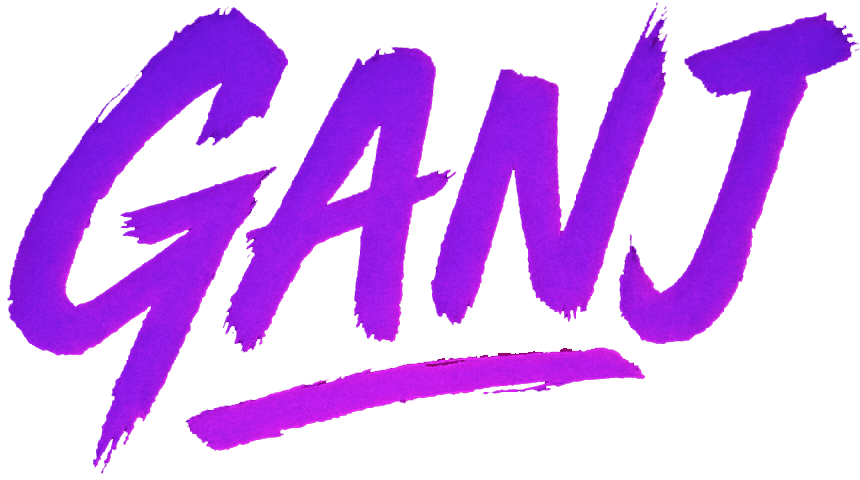Dutch Cannabis Policy Phase One: From Prohibition to Tolerance (1953–1976)
In 1953, cannabis officially joined heroin and morphine on the Dutch "hard drugs" blacklist. Same category, same penalties, same public enemy status. It wasn't because cannabis use was suddenly a national crisis — lawmakers just folded it into an existing prohibition framework without much nuance.
Fast forward twenty years and the mood in the Netherlands is… different. Youth culture is booming. Hashish is turning up at concerts, in squats, and on art school steps. The moral panic is still there in politics, but a quieter, more evidence-based conversation is starting to break through.
The committees that cracked the door open
By the late 1960s, two official commissions — the Hulsman Committee and the Baan Committee — were tasked with looking at drug use in the country. Their conclusions? Cannabis simply didn't belong in the same legal bucket as heroin or cocaine. They pushed for decriminalizing possession of small amounts and, crucially, for keeping cannabis users away from hard-drug markets. That separation idea would shape Dutch policy for decades.
1976: The law flips
In 1976, the Netherlands rewrote the Opium Act, splitting drugs into two schedules:
- List I ("hard" drugs): heroin, cocaine, ecstasy
- List II ("soft" drugs): cannabis and some other low-risk substances
Cannabis stayed illegal on paper, but enforcement priorities shifted. Personal possession was pushed to the bottom of the policing list, while trafficking and hard drugs stayed at the top. It wasn't legalization — far from it — but it was a deliberate move toward harm reduction and the separation of markets described by the EMCDDA's Netherlands profile.
What tolerance really meant
The famous gedoogbeleid ("toleration policy") didn't give people a legal right to cannabis. It meant that, under specific conditions, police and prosecutors would look the other way for personal possession — today, that's generally up to 5 grams (see Dutch guidance under Drugs policy). Selling remained an offence, but soon, in the next phase, coffeeshops would appear to operate within this strange "illegal-but-allowed" grey zone.
Seeds of a paradox
Phase One's reforms are still praised for their harm-reduction logic: focus on relative risks, separate markets, and stop dragging minor cannabis offences through the courts. But the same framework created the now-infamous "backdoor problem" — coffeeshops could sell cannabis at the front door, but production and wholesale supply stayed illegal in the back. That contradiction would define every political fight over cannabis in the Netherlands from the 1980s onward.
Sources & Further Reading
- Government.nl – Dutch Opium Act and drug policy
- Trimbos Institute – Drug policy & cannabis
- EMCDDA – Netherlands: Country Drug Report
- Korf, Dirk — University of Amsterdam: History of Cannabis Policy in the Netherlands
- Van der Gouwe, Daan — Cannabis in the Netherlands: Policy and Practice
